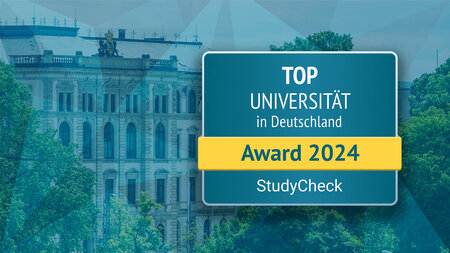Resources
Research Building
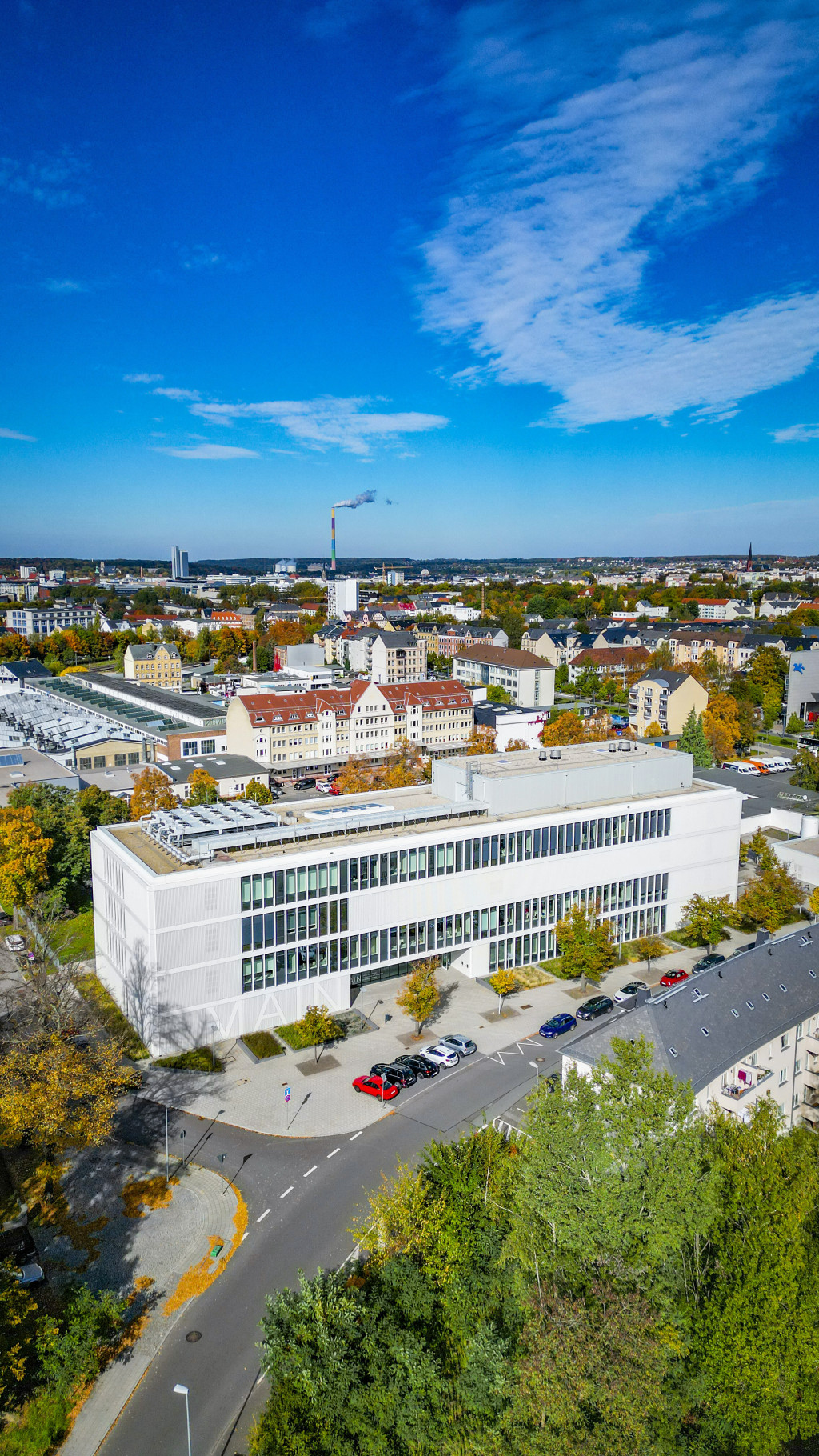
- approx. 3800 m² Primary use area with approx. 345 m² Clean room area (ISO RKL 4-7) and areas with precision air conditioning (air temperature and humidity) for experimental work (e.g. production and characterization of components) under constant conditions in a dust-free environment
- highest standard of technical equipment, e.g. House-wide supply and disposal of special laboratory media (process and special gases, ultrapure and fully desalinated water, compressed air, vacuum, cooling water, neutralization of chemical laboratory waste water, recovery of gaseous helium for recycling in the liquefier at the Institute of Physics and later campus-wide reuse)
- Solid reinforced concrete skeleton with base plate (1.60 m) for vibration-free measurements
- clear architectural division into the southern span (laboratories), the middle span (communication and supply areas) and the northern span (offices), with the intermediary communication areas and two knowledge gardens spanning several floors intended to stimulate interdisciplinary cooperation.
Operational Management and Research Coordination
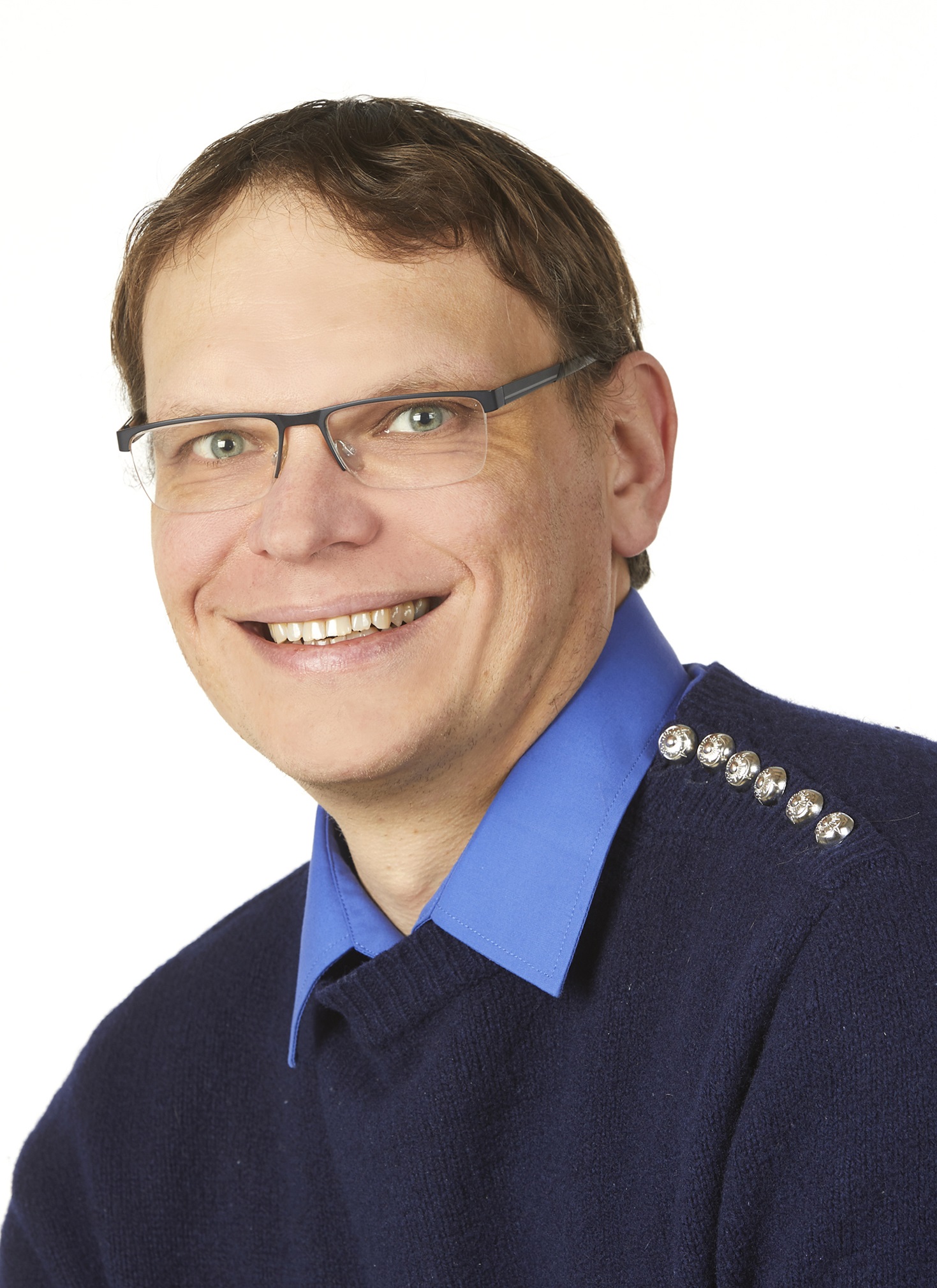
-
Phone:
-
Fax:+49 371 531 8 35610
-
E-Mail:
-
Address:Rosenbergstraße 6, 09126 Chemnitz
-
Room:C50.314
DFG Research Instruments
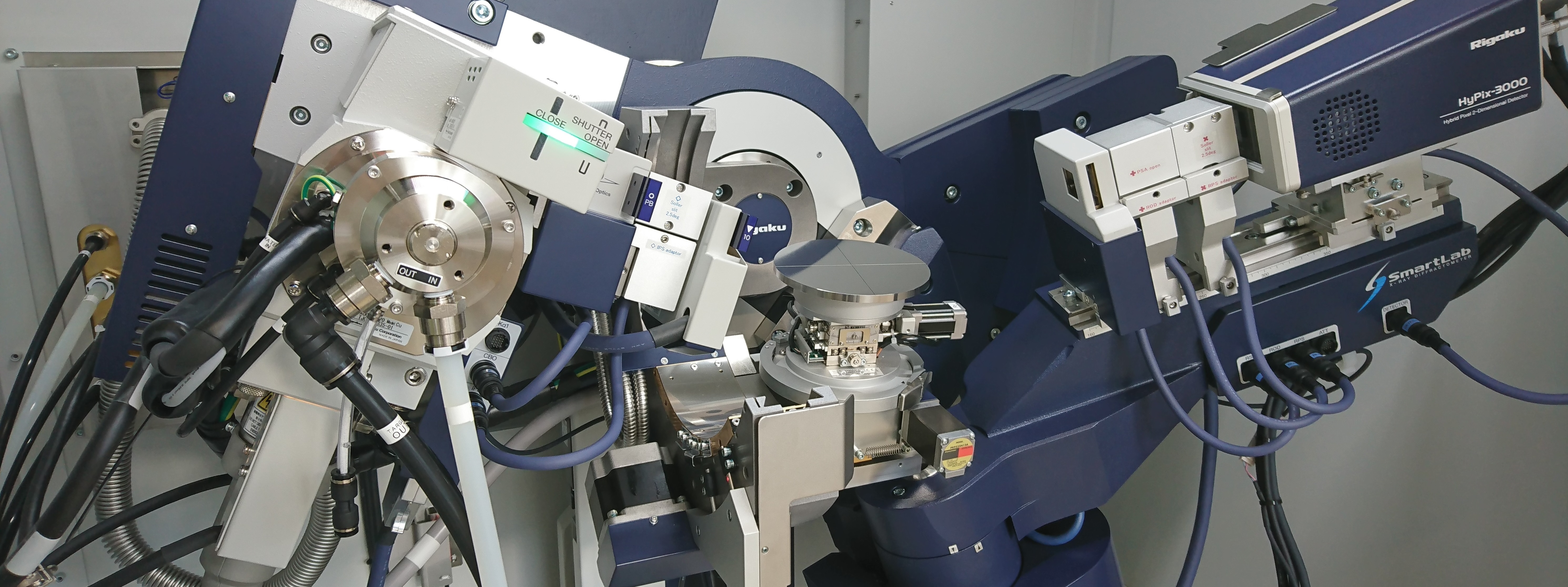
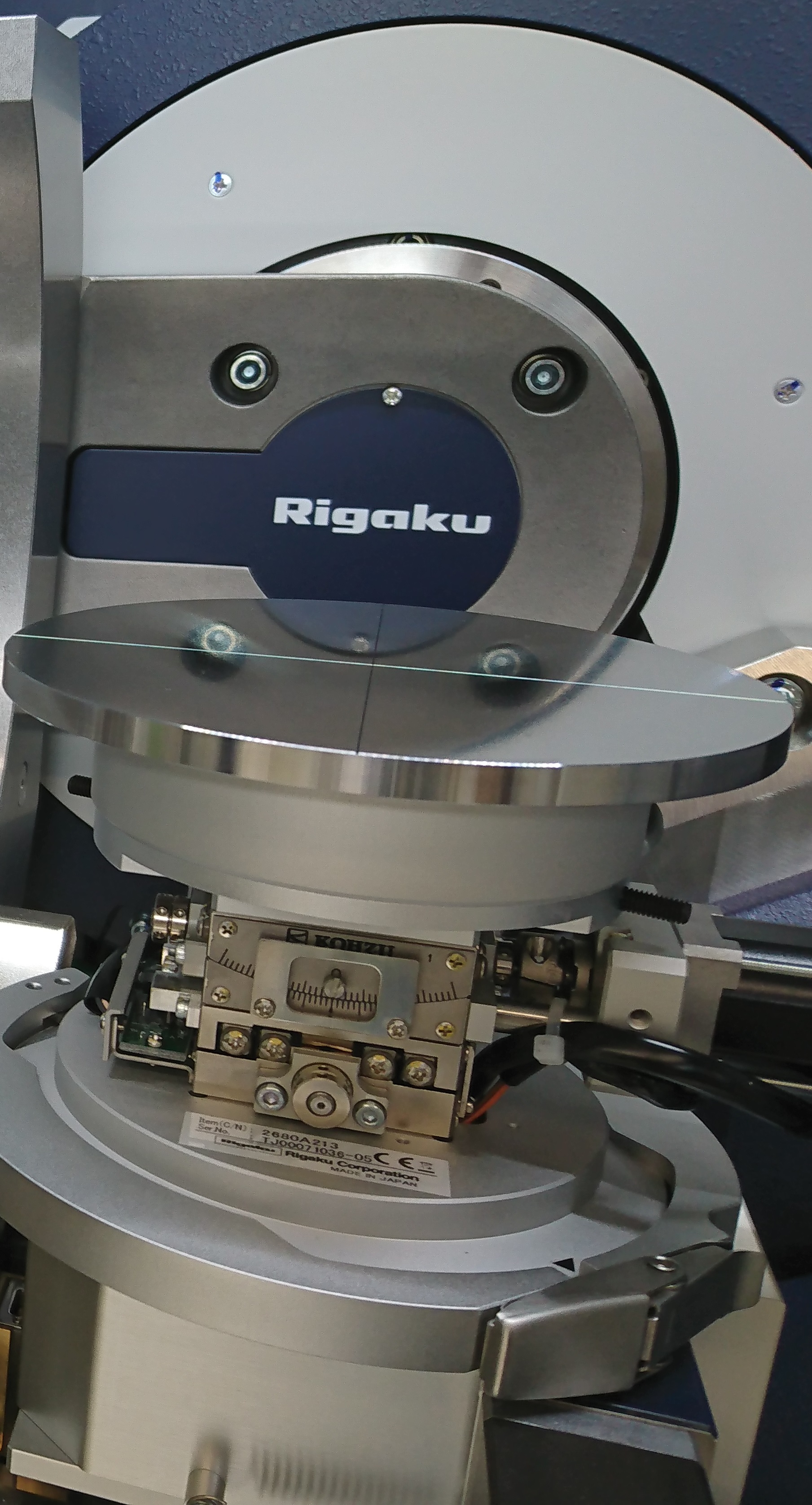
Description:
Thin-film X-ray diffractometer "Rigaku SmartLab";
Responsible Professorship:
- Functional Magnetic Materials (Prof. Dr. Olav Hellwig)
Technical Information:
- X-ray generation by "PhotonMax" 9 kW Cu rotating anode
- Parallel beam and Bragg-Brentano geometry with a divergent beam using cross-beam optics
- High-resolution 2D pixel detector "HyPix-3000"
- 5-axis goniometer with in-plane arm
- Automated sample adjustment
- Easily interchangeable optics with automatic hardware detection
- ICSD Powder Diffraction Database
- Integrated measurement and evaluation software "SmartLab Studio II";
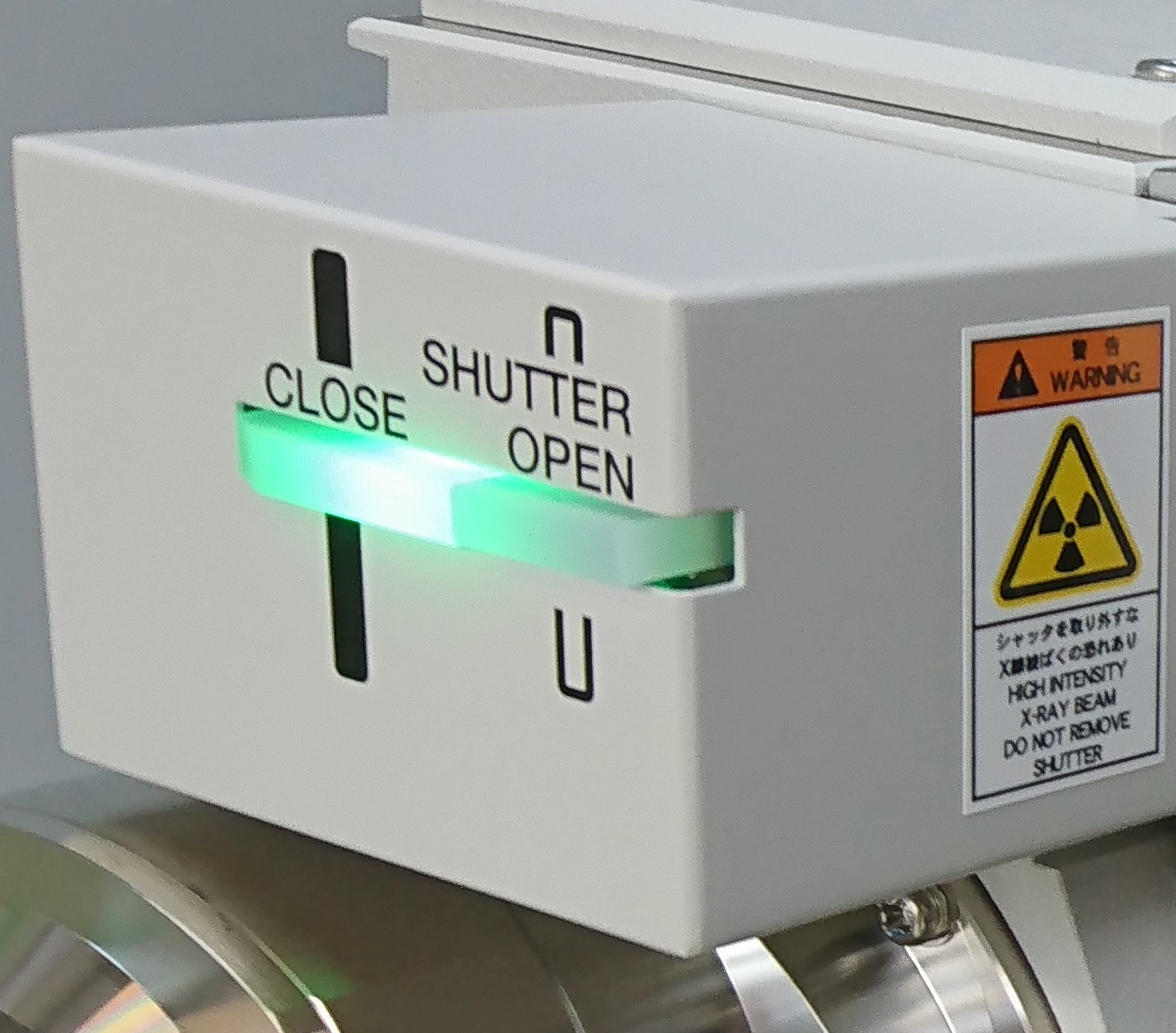
Use Cases:
- Crystal structure analysis (lattice plane spacing and orientation, grain sizes) perpendicular to the layer plane and in the layer plane
- X-ray reflectometry to determine layer thickness and roughness
- Pole figures
- Reciprocal space mapping
Ansprechpartner:
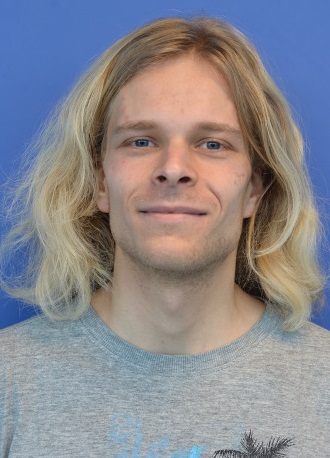
-
Phone:
-
Fax:+49 371 531 8 31214
-
E-Mail:
-
Address:Rosenberstraße 6, 09126 Chemnitz
-
Room:C50.323
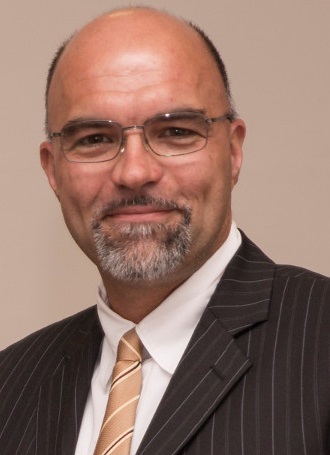
-
Phone:+49 371 531 30521
-
Email:
-
Address:Reichenhainer straße 70, 09126 Chemnitz
-
Room:C60.177
Full title: Multifunctional electrical measuring station with micropositioning and vertical magnetic field
... more content to come ...

Description:
High-performance computing cluster and simulation laboratory
Responsible Professorship:
- Professorship Theoretical Physics of Quantum Mechanical Processes and Systems (Prof. Dr. Sibylle Gemming)
- Center for Microtechnologies (ZfM), Professorship Nanoelectronics Technologies (Prof. Dr. Stefan E. Schulz), Research Group Simulation of Processes, Systems and Components (Dr. Jörg Schuster)
- Forschungsgruppe Simulation von Prozessen, Anlagen und Bauelementen (Dr. Jörg Schuster)
Technical Information:
- 36 Intel Xeon CPU nodes (24 cores)
- 4 GPU nodes, each 2 Tesla P100 + 2 free slots, 48 TFlops
- Disk space 100 TB, backup 72 TB RAM 11 TB, min 256 GB/node
- Special features: Infiniband 56 Gb, head node, web server, desktop virtualization
- Operating system: cent OS Linux
- Software: Materials Studio, LAMMPS, QuantumEspresso, Abinit, Synopsys Quantum ATK, SynopsisTCAD (Europractice)
Use Cases:
- Charge transport in membrane materials and through interfaces
- Functionalization and processing of membranes and other low-dimensional materials
- Electronic structure of nanomaterials
Ansprechpartner:
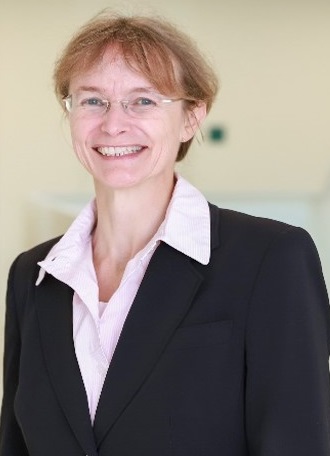
-
Phone:+49 371 531 33531
-
Email:
-
Address:Rosenbergstraße 6, 09126 Chemnitz
-
Room:C50.027
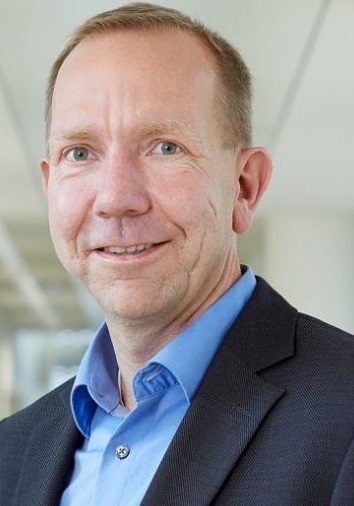
-
Phone:+49 371 531 33013
-
Email:
-
Address:Rosenbergstraße 6, 09126 Chemnitz
-
Room:C50.102
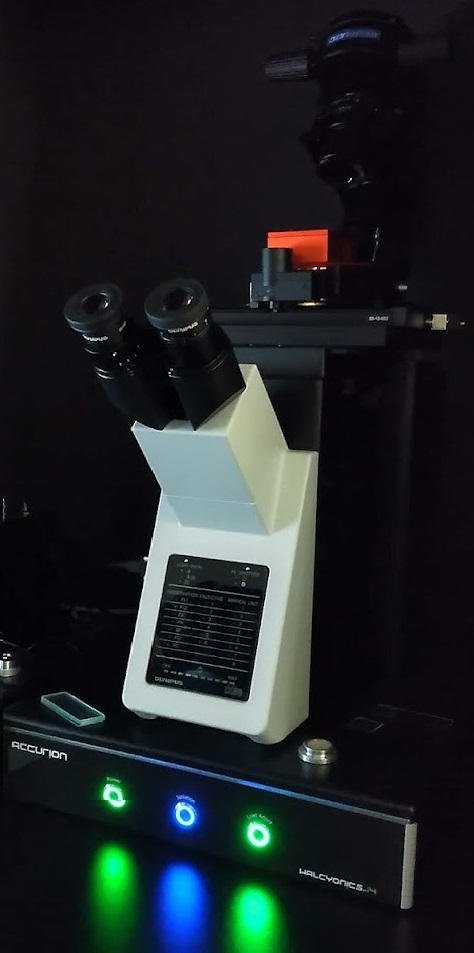
Description:
Force microscope with fluidic actuation
Responsible Professorship:
Center for Microtechnologies (ZfM), Professorship Optoelectronic Systems (Prof. Dr. Thomas Otto)
Technical Information::
- Liquid application in the pL range via hollow AFM tip
- Sample dimensions between 2mm and 150 mm (6" wafers), resolution down to 2 nm (dependent on the used AFM tip)
- Measurement environment: air, liquid
- Measurement modes: CM, TM, Lithography, KPFM, Force-Distance
- Integrated Olympus inverted microscope
- Pressures: adjustable between -800 and 1000 mbar for liquid delivery
- Liquid viscosities: adjustable between 0.89 and 200 cP
- Available FluidFM tips: micropipette (diameter between 2 and 8 µm) and nanopipette (diameter at 300 nm)
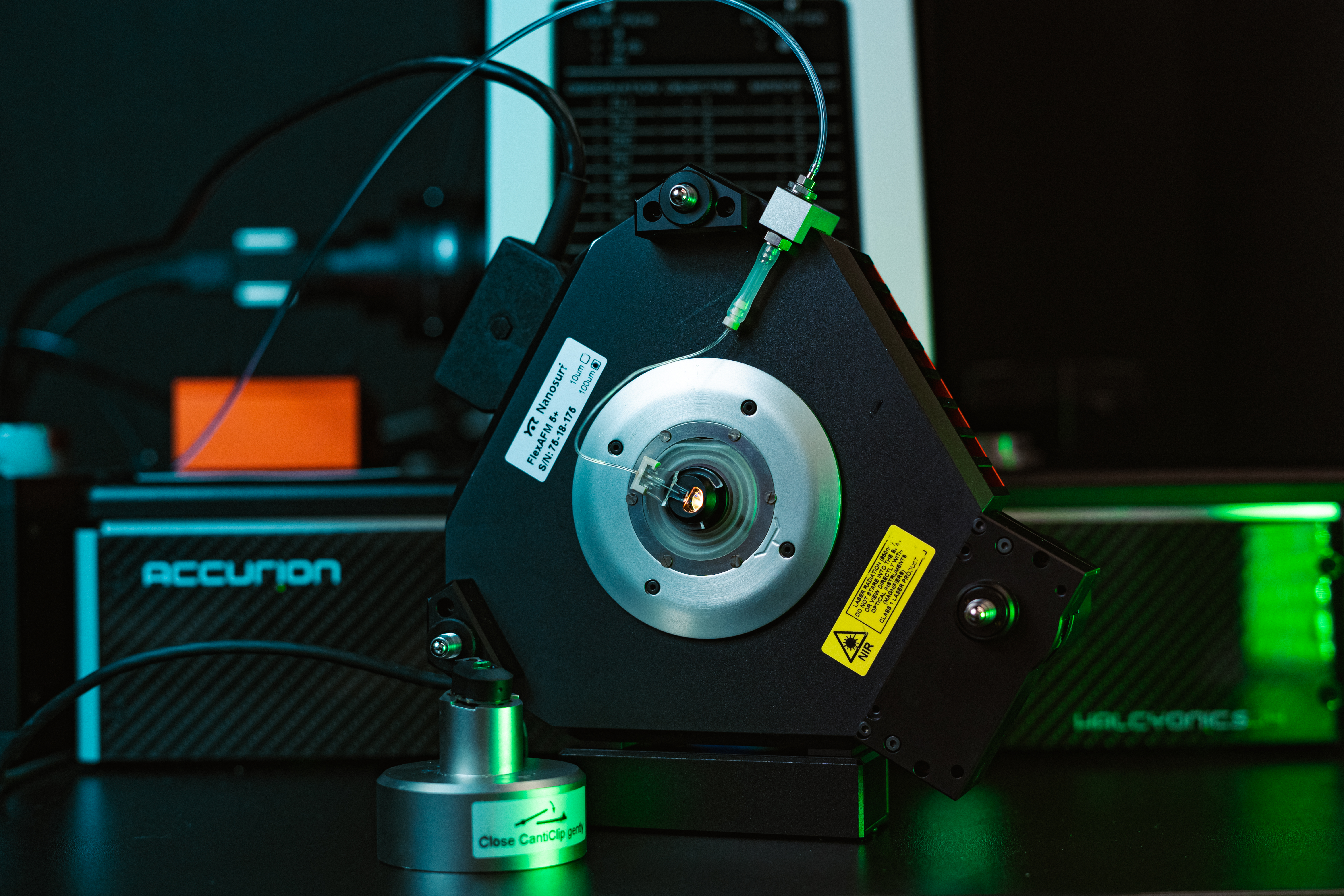
- Spotting of liquids (dispersions, solutions)
- Lithographic application such as local etching
- Local functionalization, local modification of surfaces
- Single-cell isolation, adhesion, injection, extraction
- Colloidal spectroscopy
Ansprechpartner:
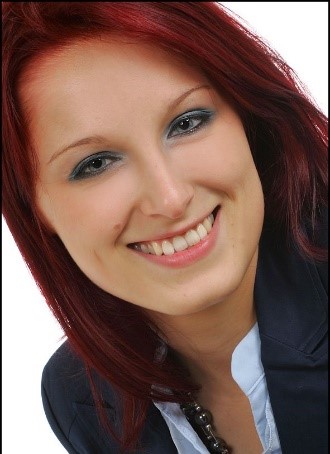
-
Phone:+49 371 531 34156
-
Email:
-
Address:Rosenbergstraße 6, 09126 Chemnitz
-
Room:C50.019

-
Phone:+49 371 531 20100
-
Email:
-
Address:Rosenbergstraße 6, 09126 Chemnitz
-
Room:C50.325
Full Title: Infrared Spectroscope with Imaging Based on Apertureless Optical Scanning Near Field Microscopy (s-SNOM)
... more content to come...
Full title: Nanomechanics and Reliability Test System with Scanning Electron Microscope Compatible Nanoindenter
... more content to come ...
Operational Management and Research Coordination

-
Phone:
-
Fax:+49 371 531 8 35610
-
E-Mail:
-
Address:Rosenbergstraße 6, 09126 Chemnitz
-
Room:C50.314
Research Services
The Research Center MAIN, Central Scientific Institution at Chemnitz University of Technology, represents an interdisciplinary center for exploratory research into the material class of flexible nanostructured membranes ('nanomembranes'), unique in Europe and worldwide. The term 'nanomembrane' summarizes very thin materials structures (from a few micrometers down to atomic layers) that are characterized by advanced functionalities and high mechanical flexibility. Nanomembranes form the basis for new types of tiny, bendable, stretchable, malleable and, therefore, extremely adaptable electronic and photonic components, enabling new technical solutions in terms of increasingly autarkic, compact and powerful flexible systems created for the fields of mobile communication, sensor technology and biomedical engineering. Application examples are autarkic energy storage units for tiny and autonomously working sensor nodes, flexible sensor systems including elastic sensor matrices e.g. for artificial skins, spintronic components on a molecular basis, highly integrated optofluidic sensors for biological diagnostics, lab-on-chip systems, optoplasmonic transducers and electromechanical resonators at the nano-/micro interface (M/NEMS). Research Center MAIN bundles excellence research activities at Chemnitz University of Technology and forms a new research direction within the core competence "Materials and Intelligent Systems" of Chemnitz University of Technology.
Operational Management and Research Coordination

-
Telephon:
-
Fax:+49 371 531 8 35610
-
E-Mail:
-
Address:Rosenbergstraße 6, 09126 Chemnitz
-
Room:C50.314


